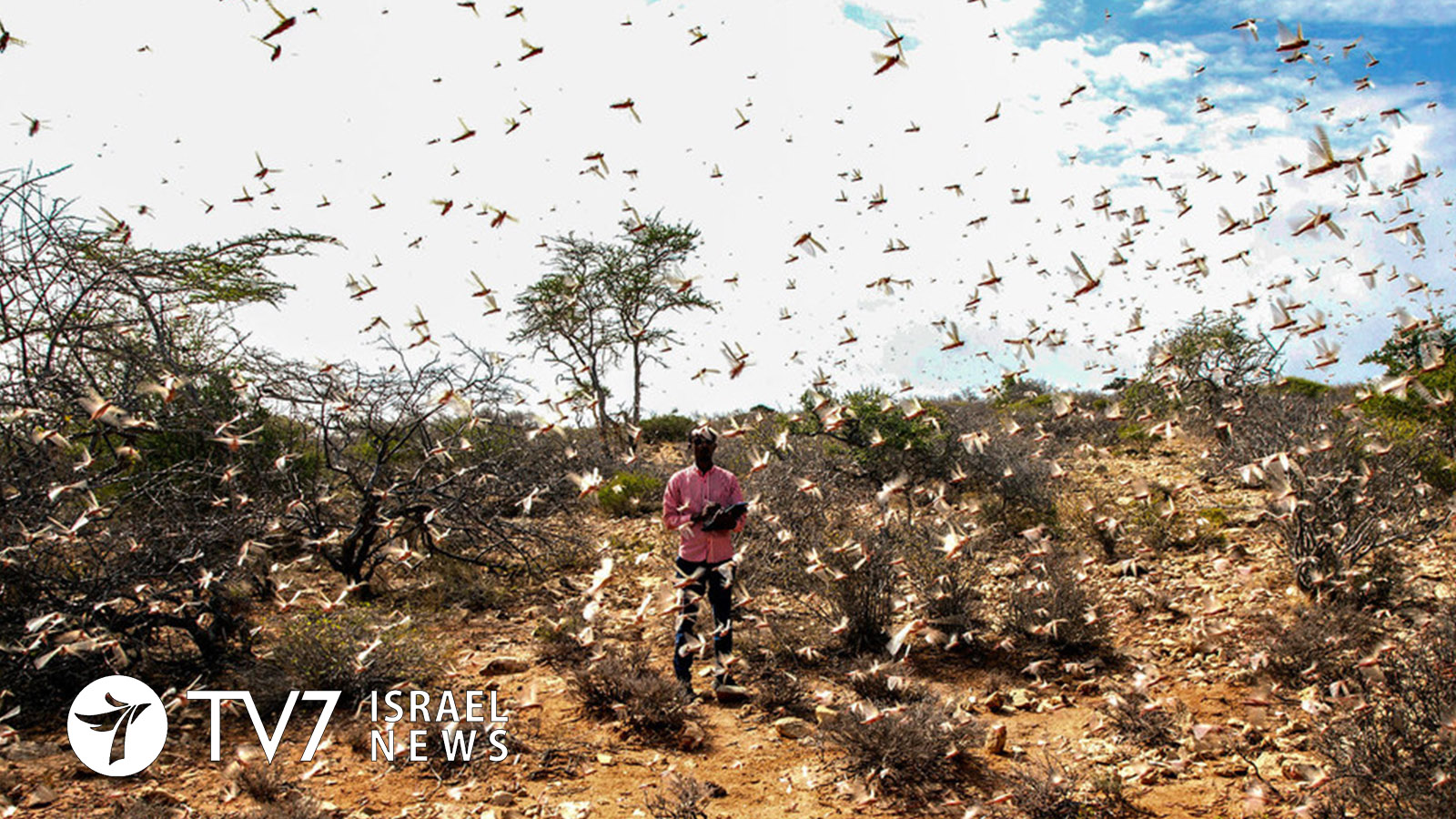A new crisis is looming in the Horn of Africa as infestations of the Desert Locust surged over the past month.
Kenya is increasingly at risk extensive breeding in Ethiopia and Somalia that resulted from favourable weather conditions and rainfall. The number of swarms is predicted to rise even further in the coming months.
“New locust swarms are already forming and threatening to re-invade northern Kenya and breeding is also underway on both sides of the Red Sea, posing a new threat to Eritrea, Saudi Arabia, the Sudan and Yemen,” said the United Nations Food and Agriculture Organization (FAO) in a press release.
The greater region witnessed one of its worst ever infestations in history earlier this year. The upsurge of pests could have a devastating impact on communities already hard-hit by recurrent droughts, conflict, soaring food cost and the coronavirus pandemic.
The mounting locust calamity comes in spite of an unprecedented campaign by the United Nations and its partners, which entailed control operations in over 1.3 million hectares in 10 nations in 2020.
The activities prevented the estimated loss of at least 2.7 million tons of cereal capable of feeding 18 million people a year.
The FAO is calling for even more intensified efforts to protect food production and prevent worsening food insecurity, and says another $40 million is required to step up surveillance and control activities in the worst affected countries of Ethiopia, Kenya, Somalia, Sudan and Yemen in 2021. Failure to provide the additional funding could slow down or even halt operations to control the insect after the end of this month in some areas.
“We must not waiver. Locusts keep growing day and night and risks are exacerbating food insecurity for vulnerable families across the affected region,” stressed FAO Director-General Qu Dongyu, warning that despite the many achievements that the “battle against the relentless pest is not yet over.”
The FAO has been assisting other agencies and local government with technical advice, monitoring and coordination efforts, as well as the acquisition of supplies and equipment. The organization is also supplying cash for families who crops so that they can cope until their next harvests, in addition to farming packages, veterinary care and feed for vegetation-starved livestock in the affected communities.
According to the latest update by the FAO’s Desert Locust Information Service (DLIS), aerial and ground control operations are ongoing in the battle against highly mobile swarms in Ethiopia and Kenya, and hopper bands and mature swarms in northern Somalia.
Immature swarms previously concentrated along the eastern side of Ethiopia’s Harar Highlands in Oromia region have now proliferated to the east and northward of the Rift Valley. Other infestations have been identified near Harar, Jijiga, Dire Dawa; and are expected to soon appear in the Rift Valley south of Adama. After the start of seasonal rainfall, these swarms will mature and lay eggs.
In Somalia, breeding is underway in the northwest and northeast, where mature swarms and hopper bands have been observed in areas drenched by Cyclone Gati in late November 2020. Immature swarms are also continuing to move south of the Shebelle River toward Kenya.
Several immature swarms are invading Kenya on a daily basis, spreading west throughout northern and central areas. Last week the crop-devouring pests were located in 4 Kenyan counties, while the are now present in 7 (Wajir, Garissa, Marsabit, Samburu, Laikipia, Isiolo and Meru North) – where monitors say that a few have already starting to mature. Meanwhile, hopper bands detected near Taita Taveta and in coastal areas in the southeast are expected to form swarms in the near future.
The swarms are expected to disperse throughout north-central Kenya and southern Ethiopia as conditions remain dry; whereas any rainfall in the coming weeks will create an environment in which the locusts will mature and lay eggs, leading to increased numbers of hopper bands next month and in March.
Other swarms forming as part of winter breeding are threatening both sides of the Red Sea.
In Saudi Arabia, control operations are primarily aimed at eliminating second instar hopper groups and a few bands on the shorelines of Jizan and Lith northward as almost to Duba.
Teams in Sudan are working against hopper bands along the Atbara River and the coast near Eritrea. They are implementing control efforts against other hoppers and adult groups along Wadi Oko/Diib in the northeast near Egypt.
Hopper groups and bands are also being targeted along the northern coast of Eritrea.
Maturing swarms spotted in Yemen’s highlands west of Sana’a are believed to be coming from inaccessible areas on the coast and elsewhere.
The FAO strongly recommends that all of the affected nations maintain maximum efforts in carrying out necessary survey and control operations to reduce further migration and breeding, with the exception of scattered adults along the Red Sea and Gulf of Aden coastal plains that are not deemed severe enough to warrant treatment.
